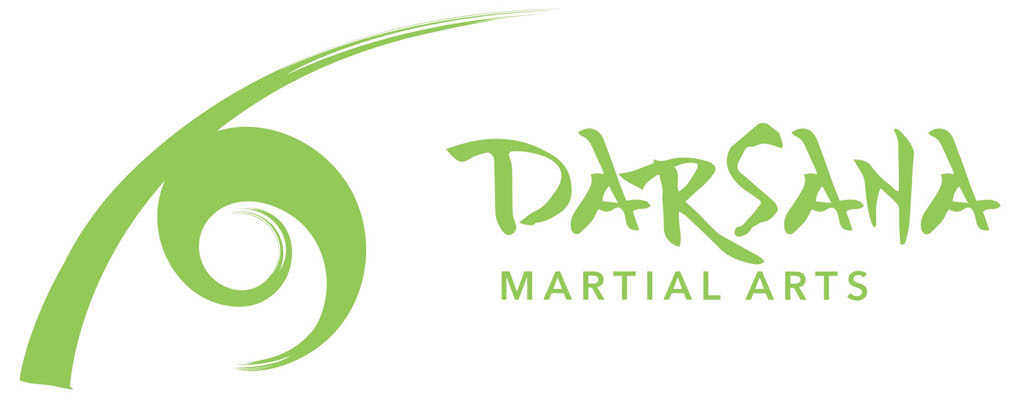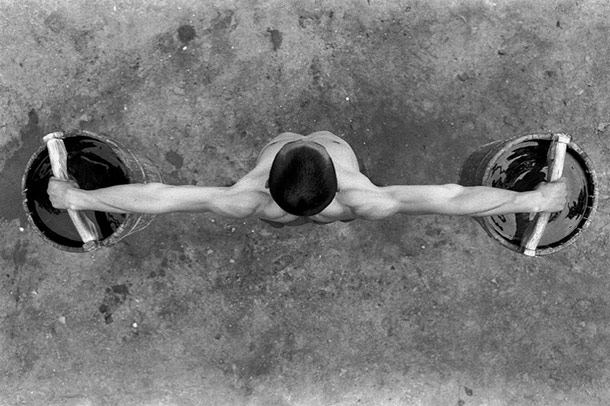Awareness, Intention, Intelligence: the role of the Mind in Taoist martial arts
In the past, I’ve talked about four phases of internal development: structure, relaxation/softness, coordination, and intention. While there is a sequential aspect to developing each of these skills, they are more like threads in a cord, each one woven in with the others, strengthening each other, and developing along side each other. While the more physical skills of structure, softness, and coordination are essential, one aspect is more crucial (you could call it the key ingredient): the role of the Mind.

